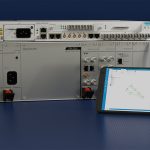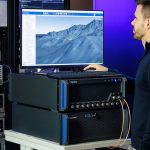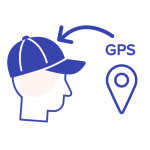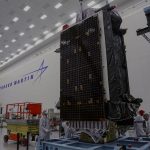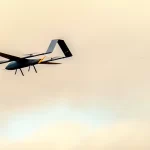PNT Tech From the Floor of Space Symposium 2024
This year’s Space Symposium, established by the Space Foundation as the preeminent gathering of the international space community, united over 12,000 space professionals, corporate leaders and key decision-makers from more than 40 countries to inform, engage, and foster connections.
By Dawn M.K. Zoldi (Colonel, USAF, Ret.)


